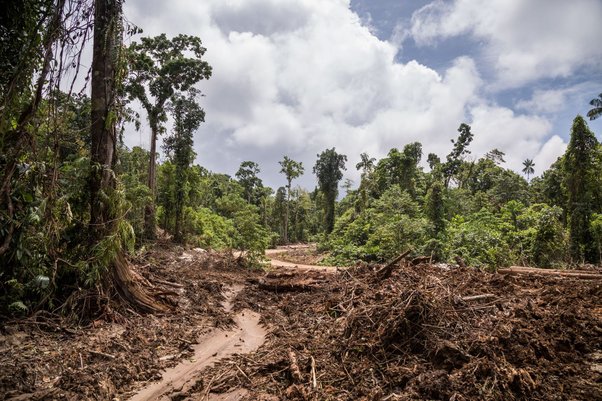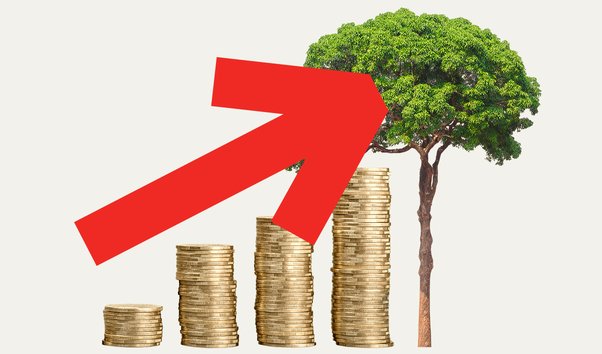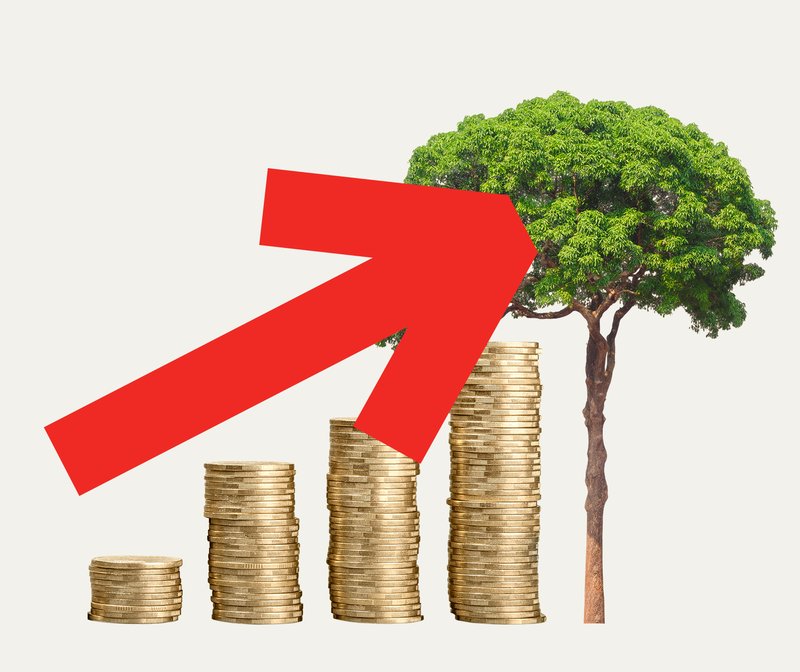
The Tropical Forest Forever Facility (TFFF) is Brazil’s flagship nature and finance initiative for COP30. If it succeeds, the TFFF could channel up to USD$4 billion a year to tropical forest nations, with a portion given to Indigenous Peoples and local communities who play an outsized role in protecting global forests
Global Witness documented over 2,100 lethal attacks against land and environmental defenders between 2012 to 2023, with violence disproportionately targeting Indigenous and Afro-descendant communities including forest guardians.
As many details surrounding the initiative continue to be negotiated, here’s what we know so far:
1. What is the Tropical Forest Forever Facility (TFFF), and how does it work?
The TFFF is, at its core, an investment fund. It is designed to blend elements of traditional development funding – like aid, grants or other types of financial assistance – with the generate financial returns.
The aim of the TFFF is to pool public and private funds into a collective pot, invest it in global markets, and use the profits to reward tropical forest nations for protecting their forests, with allocations based on their total forest cover.
These payments will largely go to national governments, with a proposed 20% of total national payments to go to Indigenous Peoples and local communities.
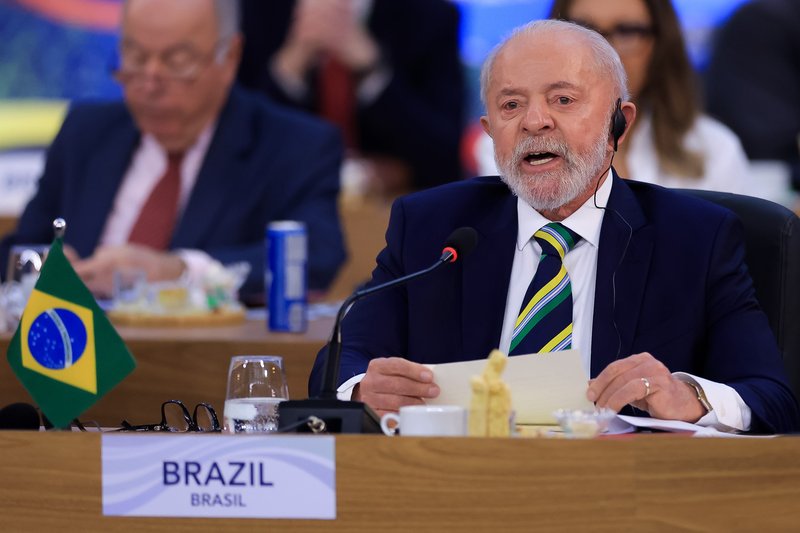
2. How much money will the TFFF distribute, and who will benefit?
The TFFF is aiming for an initial investment pot of $125 billion – with roughly $100 billion from the private sector and the remainder from national governments and philanthropic sources – though experts suggest the final figure is likely to fall short of this target.
Although the facility’s exact investment strategy is still being developed, the current approach involves channelling capital into Emerging Markets and Developing Economy bonds via the facility’s investment arm, where possible favouring “green” or sustainable bonds.
To maintain the climate integrity of the fund, Global Witness has recommended the TFFF avoid investments into high-deforestation risk companies and other sectors, like fossil fuels, that would undermine the funds’ aims.
The latest version of the TFFF appears to meet this recommendation by ruling out investments that cause significant environmental impact, such as deforestation, coal, peat, oil and gas.
Based on these types of investments, the Brazilian government projects the $125 billion fund could create up to USD$4 billion for forest-rich nations every year. This funding would be transferred to tropical forest countries in the form of an annual forest payment valued at USD$4 per hectare of standing forest.
That means if a country increases their forest cover, they will increase the payment they receive. At the same time, countries that experience deforestation would receive a penalty in the form of a lower overall payment.
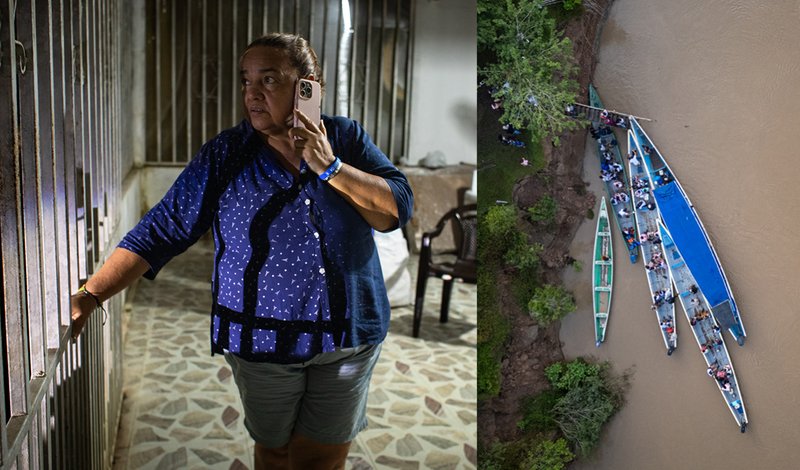
Tropical primary forest loss surged in 2024, with trees vanishing at the rate of 18 football fields per minute, threatening to push the Amazon towards an irreversible "dieback" tipping point. Lalo de Almeida / Panos / Global Witness
3. How will the TFFF help to prevent forest destruction and deforestation?
The TFFF is meant to create a financial incentive for the protection of forests, as measured by the deforestation-rates year after year. Unlike many other climate funds, payments would be based on total forest canopy: countries showing stable, reduced or slowing deforestation under 0.5% of forest canopy would qualify.
One of the key difficulties in forest protection is that governments are often rewarded economically for destroying forests to produce commodities like soy, beef, and palm oil or to procure minerals.
Protecting a forest does not usually generate a straightforward profit, despite the crucial role forests play in underpinning our economies – from regulating rainfall and storing carbon to sustaining agriculture and clean water supplies.
The TFFF is attempting to respond to that reality by providing an alternative mechanism for nations to receive payments for protection.
The model, if it succeeds, would help to overcome the glaring climate finance gaps and lack of private sector investment identified year after year by the global climate community. With a predicted fund life of 30 years, the TFFF could be a consistent source of funds for forest protection for a generation.
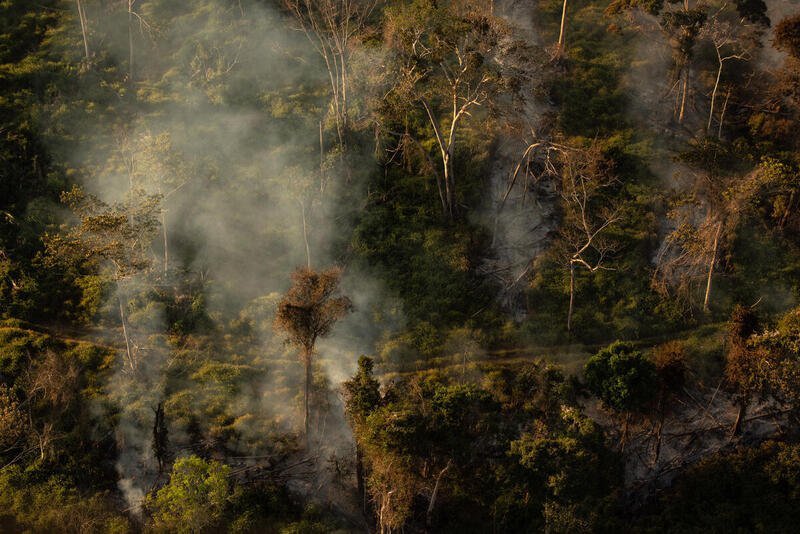
4. Will the TFFF support Indigenous Peoples and Local Communities?
Indigenous communities are the best protectors of forests, biodiversity and wildlife. Globally, deforestation is often made possible by land-grabbing, or the forced takeover of land. When communities defend themselves against this and other threats, they put themselves at great personal risk.
The TFFF explicitly recognises the role of Indigenous communities in forest and biodiversity protection. And, under the current design, Indigenous Peoples and local communities would receive a minimum of 20% of the payments awarded to tropical forest countries – but are fighting for more funding that recognises their outsized role.
Many groups are also demanding direct access to funds, rather than disbursement by governments, because forest cover – and therefore any financial returns governments receive under the TFFF – still often exists because Indigenous Peoples have protected their lands and prevented conversion.
The latest version of the TFFF proposes two mechanisms for IP&LC financing that seeks to address these concerns, including establishing national steering committees with proper representation.
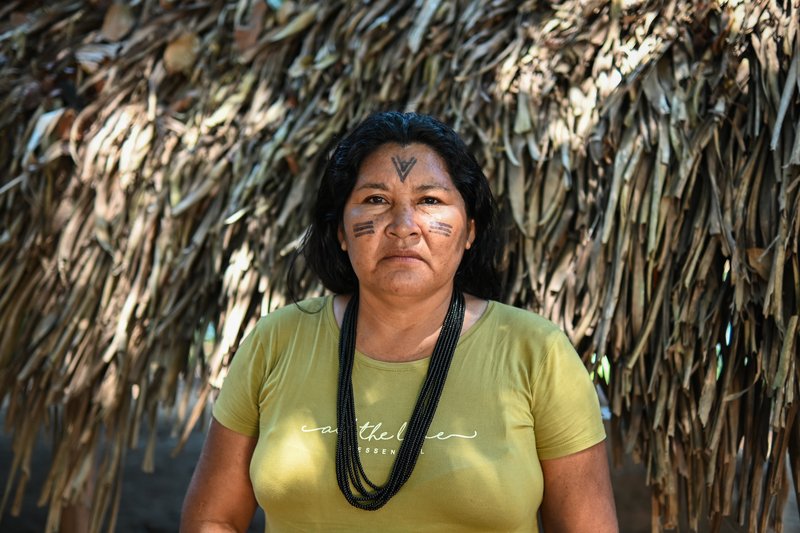
Koxawewoxa Parakanã, vice-president of the Tato’a Indigenous Association and a Parakanã leader, has been resisting land invasions and deforestation in her ancestral territory of Apyterewa – threats driven by powerful agribusiness interests and the financiers behind them. Cícero Pedrosa Neto / Global Witness
Yet many governments fail to uphold protections for Indigenous Peoples and, in some cases, enable or worsen the risks they face through discrimination and policies that enable land-grabbing or other incursions into their territories.
The TFFF can only truly respect the long-term interests of forest communities if it treats them as more than beneficiaries and includes roles for their direct decision-making and leadership in the broader fund.
The TFFF must also ensure the fund contributes to the legal recognition and formal tenure of Indigenous communities over their lands.
For the TFFF model to be credible, its design must not lead to increased eviction risks and should reflect the realities faced by Indigenous Peoples and local communities, recognising the leadership that they already show in forest protection.
5. When will the TFFF be launched and what support does it need to succeed?
The TFFF needs support from national governments, private financial institutions and key groups like Indigenous communities and civil society in order to succeed.
Several countries have signalled a willingness to support the TFFF, including countries like France, Norway, the United Kingdom, Germany, the UAE and China. Tropical forest countries like Colombia, Indonesia, Malaysia, and Ghana have been working closely with the Brazilian government to support the design of the facility.
While the TFFF could be a transformative lifeline for protecting forests, the entire fund is at risk of being undermined by the continued flow of private finance to companies driving deforestation.
Much of this finance comes from global banks and asset managers based in countries considering investing in the TFFF, despite global agreements to end deforestation finance.
The same governments that are considering supporting the TFFF must make sure they are fully supporting its aims: that means passing national-level regulations of their financial sectors to prevent the flow of finance into this destructive economy.
Finance right now is enabling deforestation. The TFFF, if backed by new financial regulation, could have a real chance to turn the tide on aligning global finance with forest protection.
